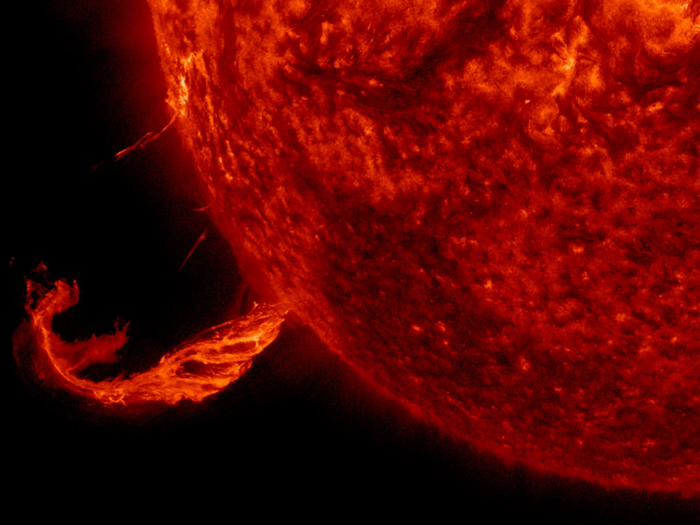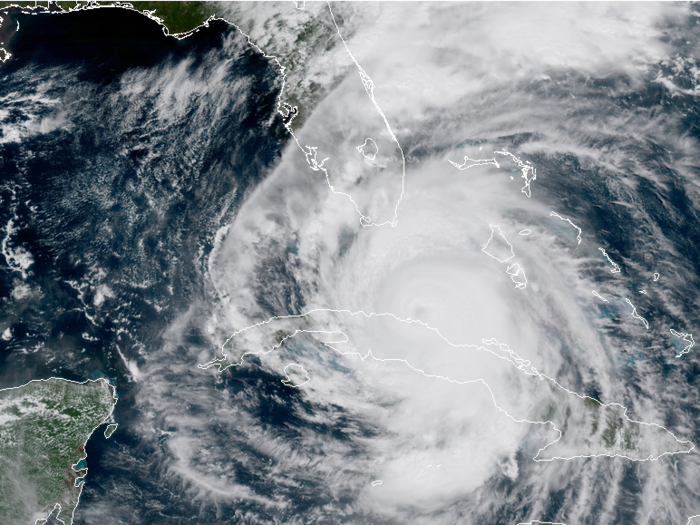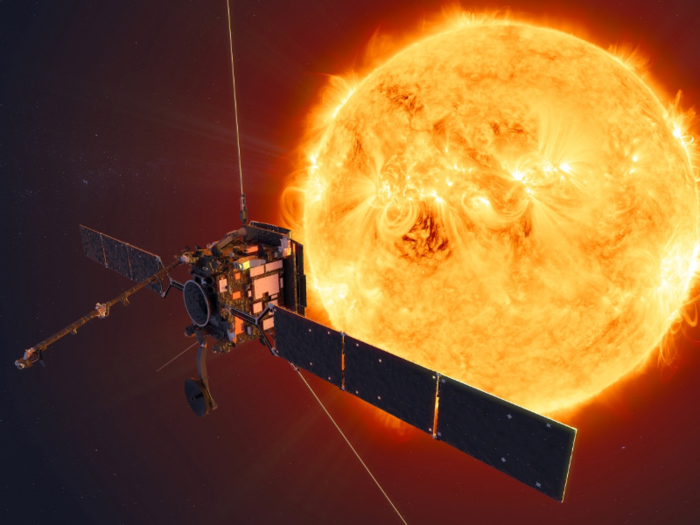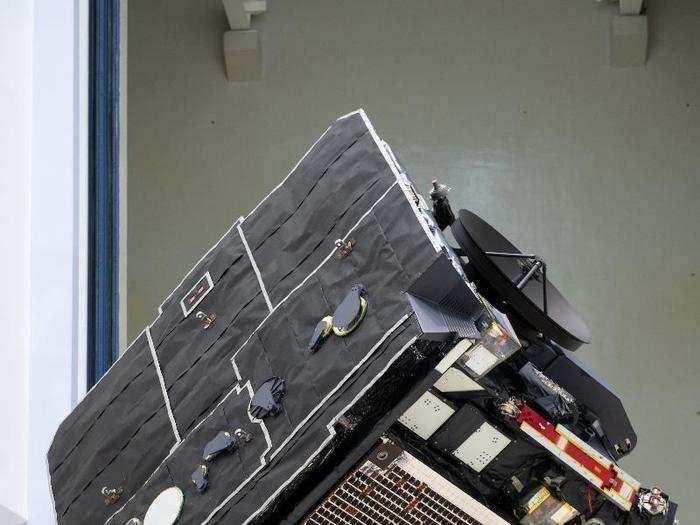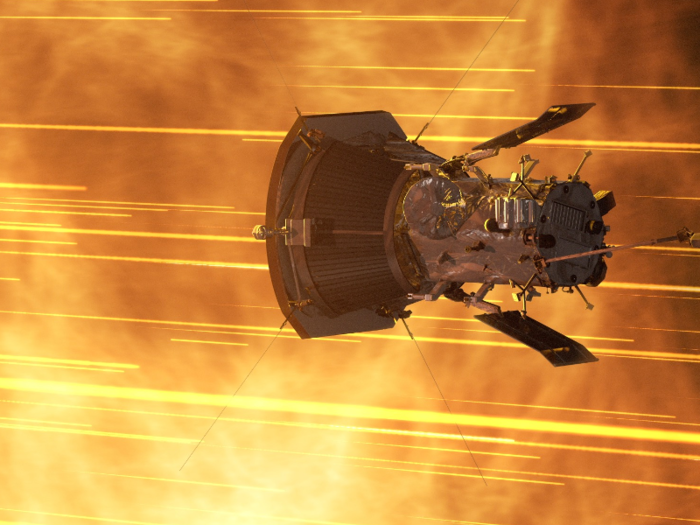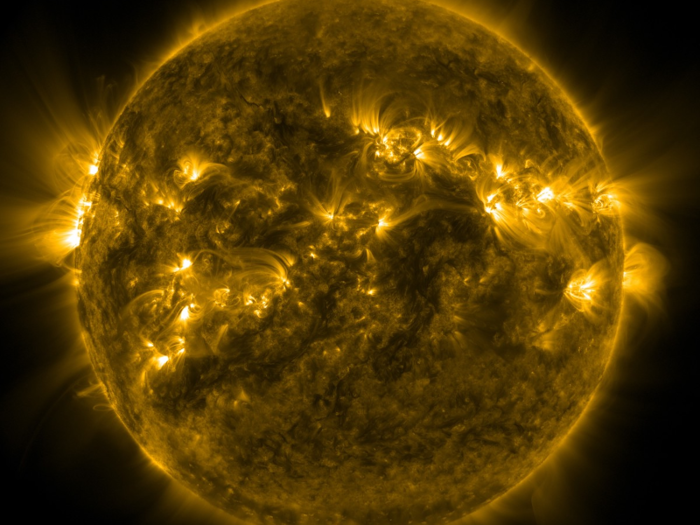Solar storms and eruptions can send billions of tons of coronal material hurtling towards Earth, where it can wipe out power grids and damage pipelines.
The electric currents from solar storms can travel down Earth's pipelines and power lines, overpowering technologies that humans rely on. One solar storm in 1989 knocked out Quebec's power for about nine hours. This can be especially dangerous for astronauts traveling far from Earth.
These storms hit Earth often, but are rarely strong enough to cause mass damage. The challenge, however, is that dangerous storms are nearly impossible to foresee. The charged particles can reach Earth in under half an hour.
In the aftermath of Hurricane Irma in 2017, two such solar storms cut off emergency radio communications for a total of 11 hours.
"This is a clear example, and there are many others, that have made enhancing the country's resilience to space weather events a national priority," Valentin Pillet, director of NSF's National Solar Observatory, said in the briefing.
"On Earth, we can predict if it is going to rain pretty much anywhere in the world very accurately, and space weather just isn't there yet," Matt Mountain, president of the Association of Universities for Research in Astronomy, said in a press release.
"Our predictions lag behind terrestrial weather by 50 years, if not more. What we need is to grasp the underlying physics behind space weather, and this starts at the sun," Mountain added.
Better knowledge about solar wind and the sun's magnetic field could help scientists more fully protect astronauts and spacecraft from violent space weather.
By working with two spacecraft as they circle the sun, researchers think this telescope could help forecast space weather events up to 48 hours in advance.
That would allow more time to prepare power grids, satellites, and other technological infrastructure. Right now, the standard warning only comes about 48 minutes before dangerous solar events strike Earth.
The European Space Agency is set to launch the Solar Orbiter on February 7. The probe will study solar eruptions and take the first images of the sun's poles.
It will also take unprecedented measurements of the sun's magnetic field and solar wind.
Construction on the Inouye Solar Telescope is scheduled to end June 30, just a few weeks after Solar Orbiter begins its first observations.
The Parker Solar Probe, which has been circling the sun since November 2018, has already offered new insights into the sun's workings.
The probe has rocketed around the sun three times, getting closer than any spacecraft before it and traveling faster than any other human-made object in history.
For the first time, the probe found evidence of a zone with no cosmic dust, as well as a source of solar wind. It also discovered previously unseen bursts of rapid solar wind that bend the sun's magnetic field backward and could help explain why the corona is so hot.
The spacecraft is set to zip around the sun 21 more times in the next six years.
Together, these new observatories are launching a "new era" for studying the sun, Pillet said.
"It really is a great time to be a solar astronomer," Pillet added. "We're going to produce a transformational change in our understanding of how we as a civilization are magnetically connected to and impacted by the sun."

